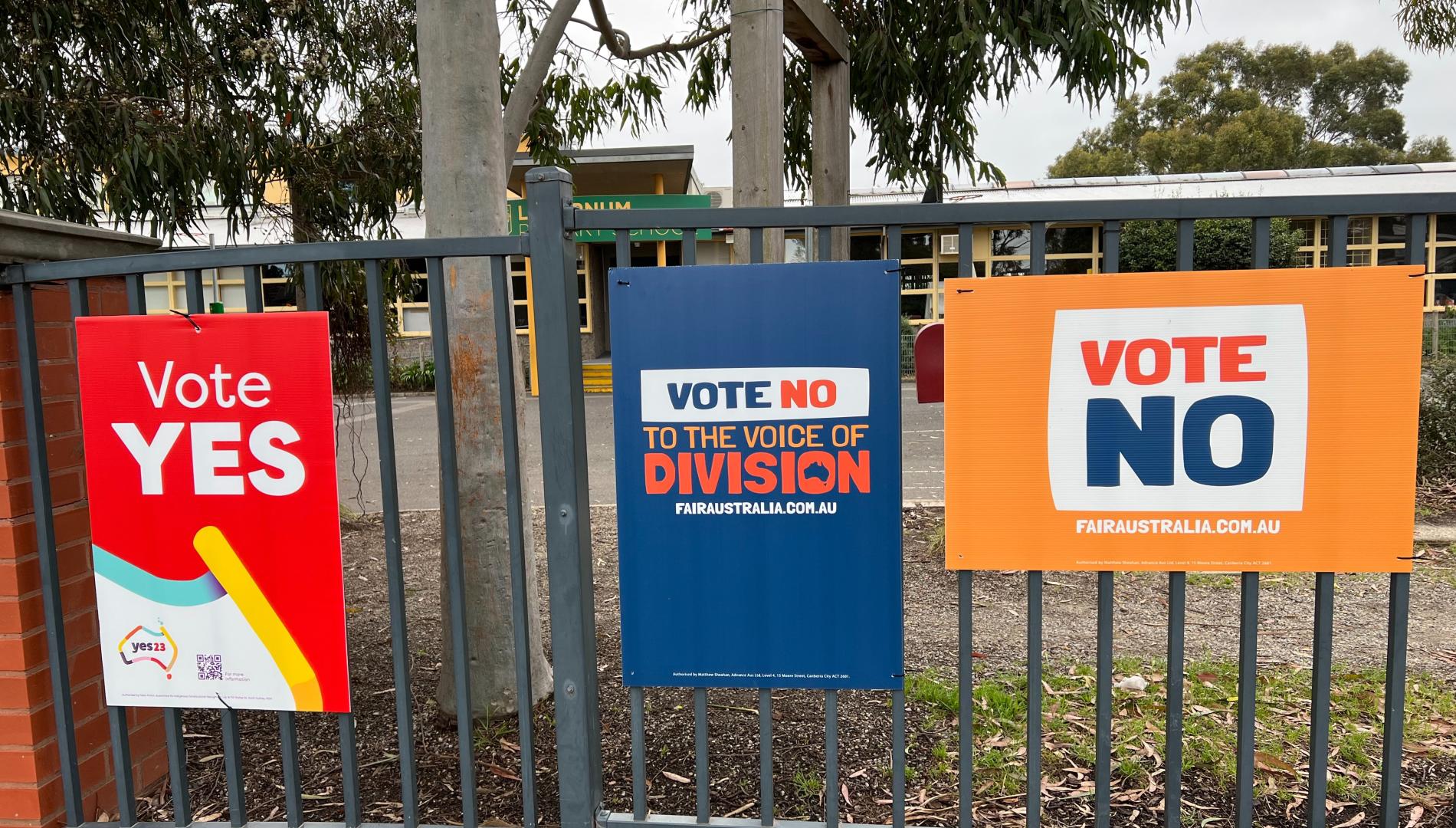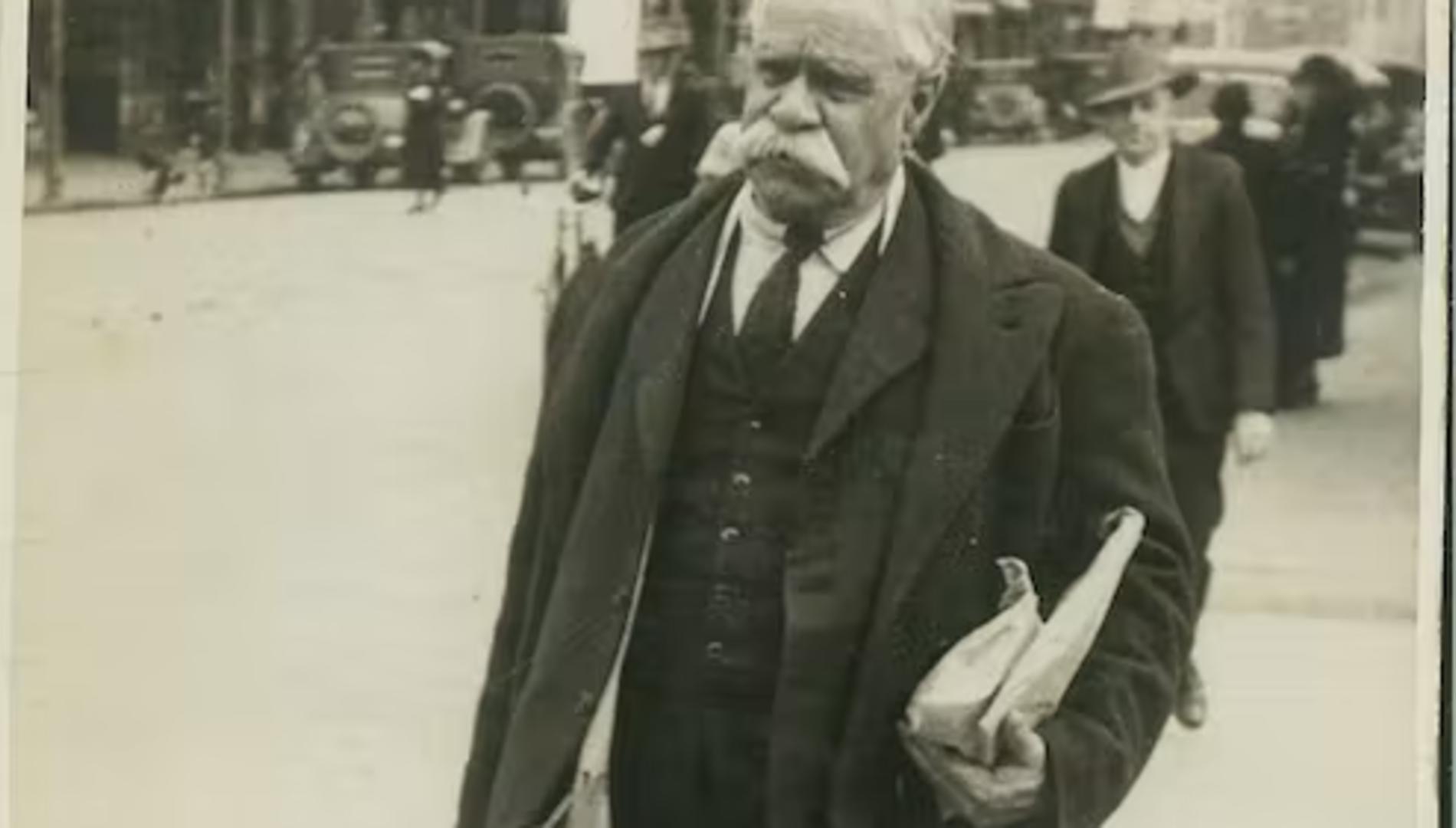The Productivity Commission’s recent damning review of the 2020 National Agreement on Closing the Gap between all Australian governments and the Coalition of Aboriginal and Torres Strait Islander peak organisations (the Coalition of Peaks) has attracted nationwide attention.
The 2020 agreement contained four priority reforms:
- Shared decision-making
- Strengthening the community-controlled sector
- Transforming government organisations
- Improving Aboriginal and Torres Strait Islander data collection
The commission’s January 2024 report highlights lack of progress in a shared understanding of how to hold jurisdictions to account for progress, and points to “critical gaps in data for priority reforms and culturally appropriate indicators of risk, reinforcing business-as-usual”.
Closing the Gap will fail without ‘fundamental change’, scathing report finds https://t.co/AAx64wmbLZ
— Guardian Australia (@GuardianAus) February 6, 2024
This heightened public interest comes in the wake of the recent debate leading up to the Voice to Parliament referendum, and beyond that has focused attention on the relative deprivation of the Indigenous people vis a vis the rest of the Australian population.
The issue has occupied the attention of policymakers and media analysts in Australia and internationally for some time, as reflected in the regular publication of the Closing the Gap report, starting with release of the Social Justice Report in 2005,and its latest version, Closing the Gap, 2023.
It reflects concern that, in one of the richest countries in the world, the original inhabitants of the land with the longest continuous history of civilisation have living standards that are inferior to many of the marginalised communities in other developing countries.
In Australia, the plight of Indigenous people also does not feature in the syllabus of development economics courses and, more widely, in development studies.
The multidimensional nature of Indigenous deprivation
There are two principal features of the deprivation – it’s relative and is multidimensional in nature.
It’s important to recognise the latter, since a “one size fits all” approach offers little in terms of policy effectiveness.
Both these features appear in the Closing the Gap reports that evaluate the gap in the various dimensions and the setting of targets that recognise its multidimensionality.
The seven chosen dimensions are:
- Child mortality
- Early childhood education
- School attendance
- Life expectancy
- Year 12 or equivalent in reading and numeracy
- Employment.
Though at first glance the targets appear to span a wide range of dimensions, closer examination suggests it’s quite limited, as it’s missing “health” and its two components – namely, physical and mental.
The latter is the focus of this piece.
The pioneering work of the 1998 Nobel Memorial Prize winner, Amartya Sen, has highlighted the importance of health in helping people realise their capabilities to function properly and enjoy a decent quality of life.
In the discussions following Sen’s contribution, attention has been mostly on physical health, not mental health.
COVID has recently drawn attention to the emergence of mental health as a serious issue that can adversely affect a wide range of indicators of living standards.
Lockdown, the loss of jobs and the consequent rise of insecurity is more likely to affect marginalised communities.
Quantifying the gap in Indigenous mental health
Monash economists Professor Ranjan Ray and Dr Sanjesh Kumar, from the Department of Economics in the Monash Business School, attempt to quantify the gap in mental health and economic insecurity experienced by the Indigenous community in relation to the rest of the Australian population, on which there is hardly any evidence, in a new report.
Their study is due to appear in the Journal of International Development, which is the official journal of the UK-based Development Studies Association.

It’s significant that, in a 2020 national inquiry into mental health conducted by the Productivity Commission, the issue of the mental health of the First Nations people and its principal determinant, economic insecurity, barely features.
The study by the Monash researchers was based on the Household, Income and Labour Dynamics in Australia (HILDA) survey, Australia's first nationally representative household-based longitudinal survey.
HILDA provides longitudinal data on the lives of Australian residents on a wide range of aspects of life, and includes questions relating to mental health and economic insecurity.
The study by the Monash researchers examines the relative deprivation regarding mental health, referred to in the Indigenous literature as “social and emotional wellbeing” (SEWB) of Aboriginal and Torres Strait Islanders people in relation to non-Aboriginal and Torres Strait Islanders.
While “closing the gap” between the two groups has been adopted as a key objective, “social and emotional wellbeing” doesn’t feature as a target.
The Monash study uses the multidimensional deprivation methodology to quantify the deprivation in SEWB. It deviates from and improves upon existing approaches to deprivation, such as inequality and poverty measurements, that are exclusively money-metric.
This study principally attempts to answer the following questions:
- Has the gap in deprivation between the SEWB of the two groups narrowed over a period of 19 years (2001-19)?
- How does the gap in SEWB between the two groups compare with that based on conventional indicators of living standards?
- Do the Aboriginal and Torres Strait Islanders experience greater economic insecurity than the Non-Aboriginal and Torres Strait Islanders?
- Has economic insecurity affected the SEWB of Aboriginal and Torres Strait Islanders any more than that of the other groups?
- How does the estimated effect of economic insecurity on SEWB compare with that on physical health?
- Is the picture robust between the Aboriginal and Torres Strait Islanders and the rest of the Australian population?
The results show wide variation in the relative deprivation of the Aboriginal and Torres Strait Islanders people between the dimensions of SEWB.
The study finds robust evidence that the Aboriginal and Torres Strait Islander people experience lower SEWB and higher economic insecurity than the non-Aboriginal and Torres Strait Islanders, and that the gap refuses to narrow.
The study also finds that job insecurity and unemployment risk dominate the other forms of insecurity, and that the effect of job insecurity on mental health of the Indigenous community is significantly worse than for the rest of the population.
The results of the study suggest that, consistent with the Productivity Commission’s fourth priority reform, greater attention should be paid to collecting and improving the quality of data on mental health and economic insecurity, and that they should appear as targets in future Closing the Gap’ reports.
In the post-COVID era, the subject will become increasingly important.








